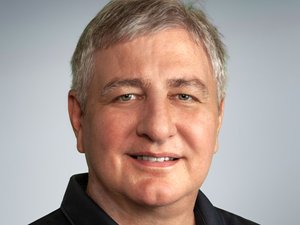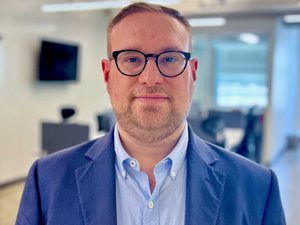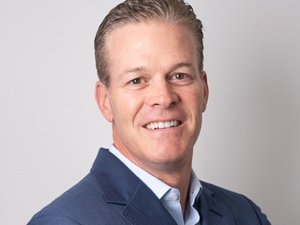Susan Tynan's career paints something of an overview of the evolution of D.C.'s startup scene for the last decade. And in her current role as founder and CEO of Lanham, Md.-based Framebridge, she could put a nice custom frame around it too. The custom framing tech startup has framed more than 100,000 images since it launched two years ago, recently marking its anniversary with a complete overhaul of its digital interface. The $20.5 million Framebridge has raised is from a who's who of big names in the local investor scene like Revolution, SWaN & Legend Venture Partners and New Enterprise Associates, not to mention personal investments from the likes of Revolution's Steve Case and Graham Holdings president and former LivingSocial CEO of Tim O’Shaughnessy. Tynan's career includes stints as an executive at both Revolution and LivingSocial, where she clearly forged a positive relationship with both investors.
How do you stay creative in an industry where creativity is the main product?
Everybody here is doing different things, bringing different views on things together; it's always very stimulating. That's something I like about Washington, D.C., people are all doing such different things. I'm also just naturally a competitive person. I want us to be great and I always look to see opportunities for us at Framebridge to be better.
"I think everybody has a story and that's what we do, we frame their stories."
What is uniquely inspiring to you?
I don't know if it's unique, but I talk to everybody. Everybody's a potential customer for us. I think everybody has a story and that's what we do, we frame their stories.
What do you think is special or unique about innovation in Washington, D.C?
I do think the good thing is that there are a lot of people trying to solve the biggest problems in the world here. Framing is maybe not the most important problem, but it is but it is one that affects a lot of consumers. [Some estimates peg the framing industry at $7 billion.] I think sometimes we see some limitations though. There's not a huge pool working in consumer technology applications here. We need to be better at finding people who are enthusiastic. I sometimes joke we have a whole hiring strategy of finding people brought to Washington by their partner.
What design secrets have you learned running Framebridge?
Number one is don't be afraid to hang something. Its just a little hole, it's worth it to get started. People often space their frames too far apart, clustering looks better. And don't be afraid to frame big things. iPhone pictures can be blown up really large now. I'd say 65 percent of photos we frame are from phones.
Are there particular trends in what people frame?
People are not really framing pictures of themselves. Most people frame photos of things that they love, and that's other people. There's lots of photos of the holidays and we frame tons of photos of guys on one knee. There are also lot of times we don't realize the significance of what we are seeing until they tell us.
What are some of the more memorable framings you've done?
We did once have someone who came to D.C. with their partner ask us to reframe something after they broke up. We've framed baseball tickets, matchbook covers, vinyl records and other things. We regularly handle things worth $10,000.
What job or part of your career do you point to as leading you to this point?
I always say people's resumes make more sense looking backward than forward. I guess probably the most important period was my time at LivingSocial. That's where I learned how important speed, more than anything else, is to success. Speed gives the competitive advantage. There's competing values of speed and real, long-term value but we want speed that's built to last.
How will your industry change in the next five years? Will new technologies like 3D printing be a challenge the way digital cameras were for traditional film developers?
We talk about how important it is for the entire company to delight customers as we grow, that's important. We will have to rethink pricing at some point as customers don't like to be upsold. I think if 3D printing gets popular, the answer is we'll do it the best. It's like changing your oil or painting your nails, most people don't do it themselves. I think people have to experience [using Framebridge] to understand why it;s special, like getting a meal at restaurant.
What’s something that you do every single day, no matter what you have going on?
No matter what, I read customer responses. On vacation or Saturday and Sunday, even if displaces other things I might be doing. That's were I get product and engineering ideas. I also do try and exercise every day if I can.
"We frame tons of photos of guys on one knee."
Who in D.C. do you admire?
I have a real rock star board of D.C. leaders I admire. There's [Revolution partner] Tige Savage, [NEA partner] Dayna Grayson, [managing director at SWaN & Legend Ventures] Fred Schaufeld and Tim [O'Shaughnessy]. I'm really lucky to have gotten to know so many innovative people.
What would you change about D.C. or D.C. Tech if you could snap your fingers and make it happen?
I'd want there to be more people who had worked in e-commerce. Otherwise, it's really nice, interesting and thriving city. I can't complain too much, and all my funders live in the D.C. Metro area.
What does it mean to be 'on fire?'
I think it means that everything is going someone's way. Talent is coming to them, sales are coming to them and more. I don't think it's based on luck, but it's when dominoes start falling in their direction.




